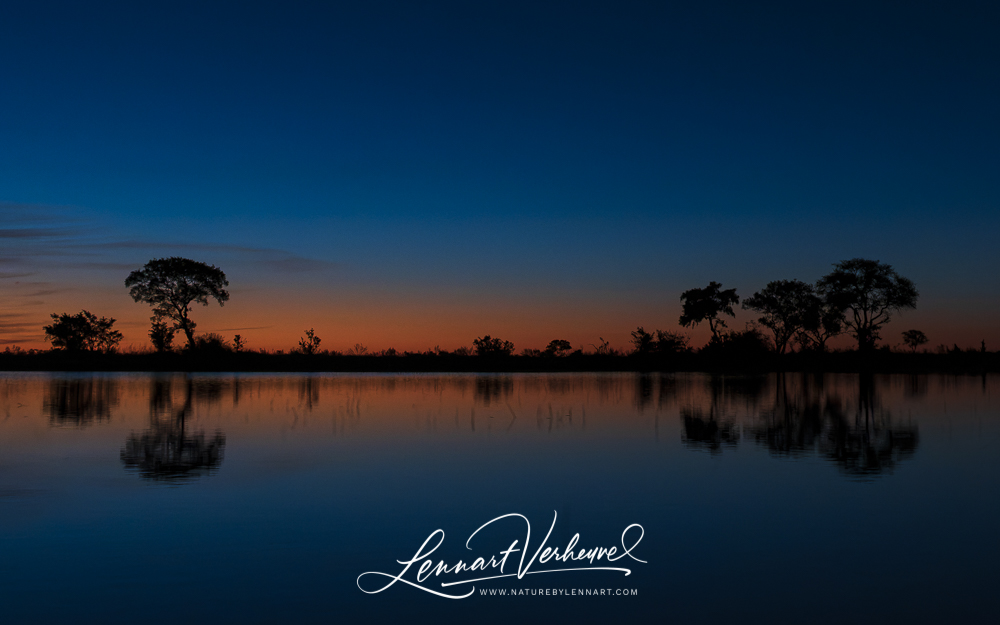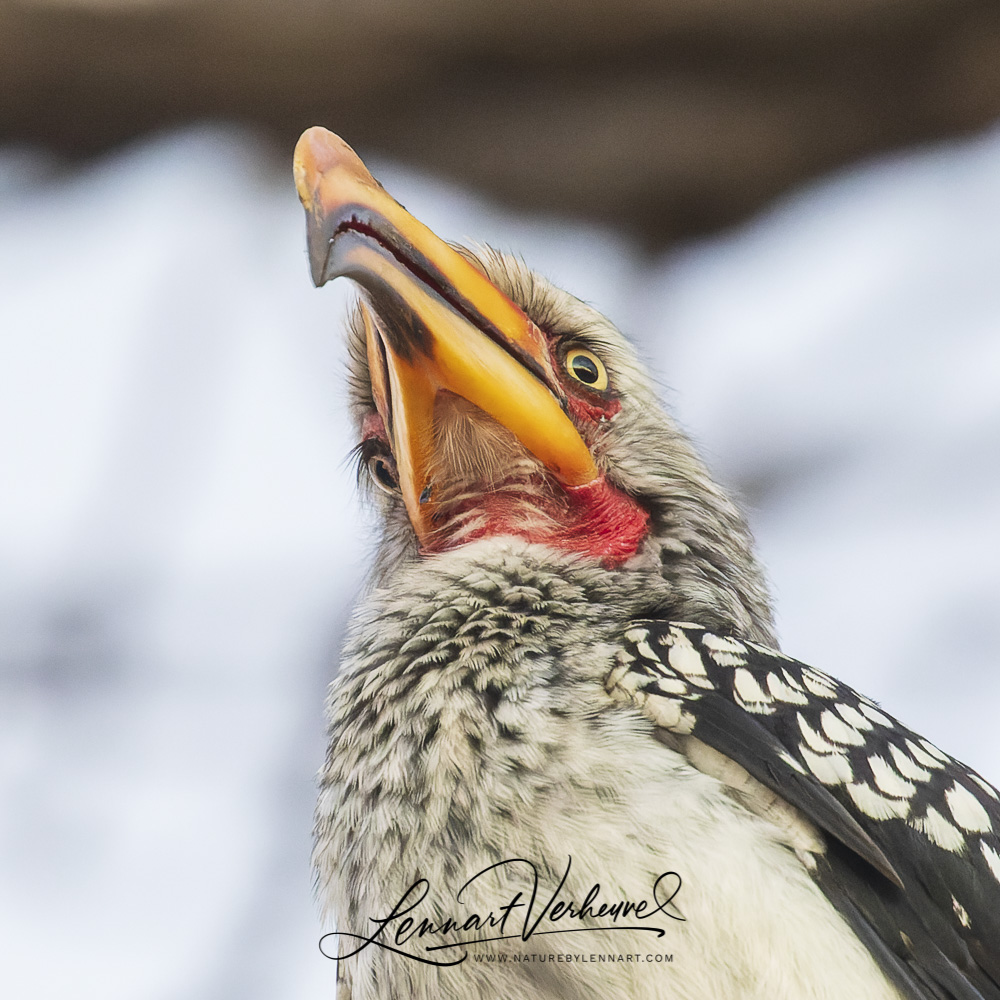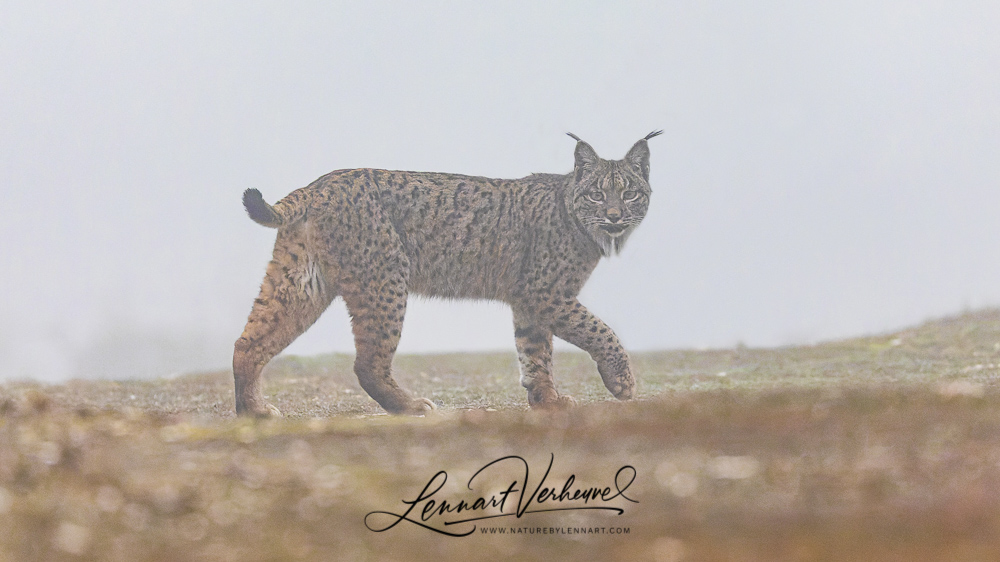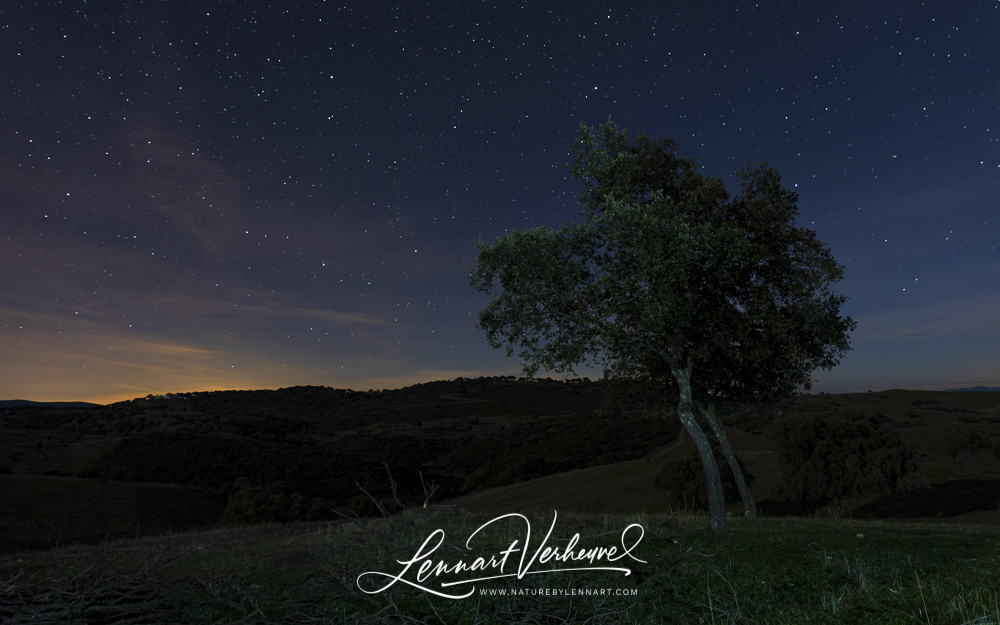- info@naturebylennart.com


After a week of driving through South-Africa and Botswana we’ve arrived at Okavango. There we can arrange to spend the night in the Okavango Delta. The plan is to go with a motorboat to a local village where we will step into small canoe-like boats, called mokoro’s. From there we will go further into Okavango. It’s already quite late when we finally arrive at the village with the mokoro’s. A traffic accident has caused some delay.

When you’re in Africa as a birder there is much to be seen. Although birds in the Netherlands certainly are nice to look upon and each bird is beautiful in it’s own way (except Egyptian Gooses they will always remain hideous), but Africa is a different playing field! Yes, sadly Egyptian Gooses are still an evil that can also not be avoided here, although at least they are actually wild here, but to compensate for the inconvenience there is a whole lot of other colourful birds. A family that I’ve grown especially fond of are the Hornbills. All colourful birds with huge beaks, what else do you want! That’s why I wanted to give this group of birds in a separate blog some extra attention.

After I had decided for myself that I wanted to focus my trips on seeing all the wild cats of the world I had all kinds of big plans, but hadn’t actually seen any. It was time to change that! The Iberian lynx is the rarest cat species in the world and is threatened by extinction. Luckily things are looking better now for the species. Still the number of individuals is around 500, so they are not yet out of the danger zone. Despite the low numbers this cat is much more easy to see than the Eurasian lynx. Just go to the Sierrra de Andujar in Spain and with a bit of luck you will see it. So that’s also my plan, but instead of driving up and down the road over there and scanning the area in the hope of bumping into one, I want to have it really close. That’s why I’ve booked a photo hide for three days in the area, hoping for a close view. After my flight from Amsterdam to Malaga, I picked up my rental car and drove to Andujar. There I spent the night in my car. The next morning I’m taken with a 4×4 to one of the hides. Then the waiting starts…

Today was my first day of what would be three days staying in a photo hide with the purpose of photographing an Iberian Lynx. The hides are located in Andujar in Spain. For the night I had the opportunity to sleep at the campsite not far from the hides. I initially thought this would be a regularly used camping, but apparently it’s not very common to go for the camping option during winter. I get permission to sleep in the kitchen of the building next to the camp site.